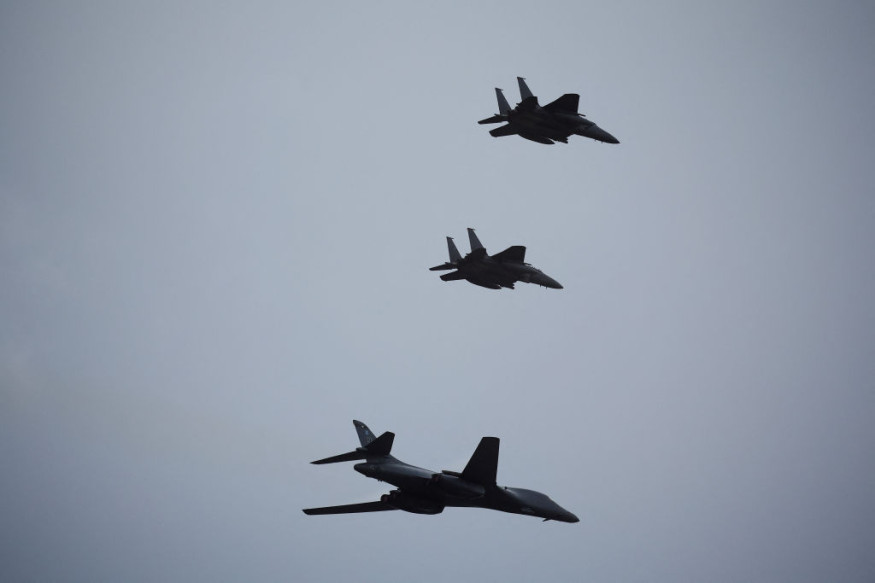
Venus Aerospace, a Texas-based aerospace company, is working on an exciting new jet called Stargazer, designed to travel at hypersonic speeds. This means it could fly faster than five times the speed of sound and reach heights higher than most traditional planes.
If everything goes as planned, this innovative jet could transform air travel as we know it.
Hypersonic Jet Stargazer Capable of Crossing Atlantic in an Hour
Stargazer is not just any airplane; it's a hypersonic jet that can fly incredibly fast — over 7,400 kilometers per hour! This is much quicker than the famous Concorde, which flew at 2,179 kilometers per hour.
For comparison, it would take about 3 hours to fly from London to New York on Concorde, but Stargazer could make that trip in under an hour. This could open up a world of possibilities for travelers, allowing them to reach destinations in record time.
The company recently showcased its powerful engine at the Up Summit event in Bentonville, Arkansas. Co-founder Andrew Duggleby described the engine as a game-changer for high-speed flight, said 9gagnews.
This engine, known as the Venus Detonation Ramjet 2000 lb Thrust Engine (or VDR2), is a key component of the Stargazer project. The VDR2 engine is capable of achieving speeds of Mach 6, which means it can fly six times faster than the speed of sound.
To understand hypersonic, we first need to know about supersonic, which is when an aircraft travels faster than the speed of sound (Mach 1). The VDR2 will not only power the Stargazer but will also be used in high-speed drones, which are set to be tested further in the coming years.
This innovative engine uses a combination of rocket power and a special type of jet engine called a ramjet. A ramjet works by compressing the air in front of it as the engine moves forward, allowing it to operate efficiently at high speeds.
Aiming for New Heights in Hypersonic Travel
The last time this happened was with the Concorde, which was retired over two decades ago. The Concorde could reach altitudes of 18.3 kilometers, but Stargazer aims to fly even higher — up to 33.5 kilometers in the sky.
Venus Aerospace is partnering with Velontra, a company known for its work on hypersonic technologies, to make Stargazer a reality. While other projects, like NASA's X-59 and Boom Supersonic's Overture, are in development, Stargazer is expected to surpass them in speed.
Despite the exciting developments, there are challenges to overcome. According to MailOnline, the Concorde faced restrictions due to the noise it produced and high fuel costs, which limited its flight paths mainly over the Atlantic.
Many travelers also preferred more affordable options rather than focusing solely on speed. The lessons learned from the Concorde's era are essential as Venus Aerospace moves forward.
In addition to speed, the company must address environmental concerns and ensure that the new jet can operate safely and efficiently. It also needs to convince airlines and regulators that hypersonic travel can be a viable option for commercial air travel.
If Stargazer becomes a reality, it could mark a major milestone in the history of aviation. With the potential to connect cities in record time, it might change the way we think about travel. As the world waits to see if hypersonic flight will return, Venus Aerospace's Stargazer could set the stage for a new era of air travel.
The company has already secured $33 million in funding and is optimistic about the future. With continued innovation and research, the dream of flying faster than ever before may soon become a reality.
As Venus Aerospace co-founder Andrew Duggleby said, the work being done today is not just about building a faster jet; it's about creating a new way of thinking about travel and connectivity in our world.
© 2025 ScienceTimes.com All rights reserved. Do not reproduce without permission. The window to the world of Science Times.












